Physics GPT - Physics Learning Companion
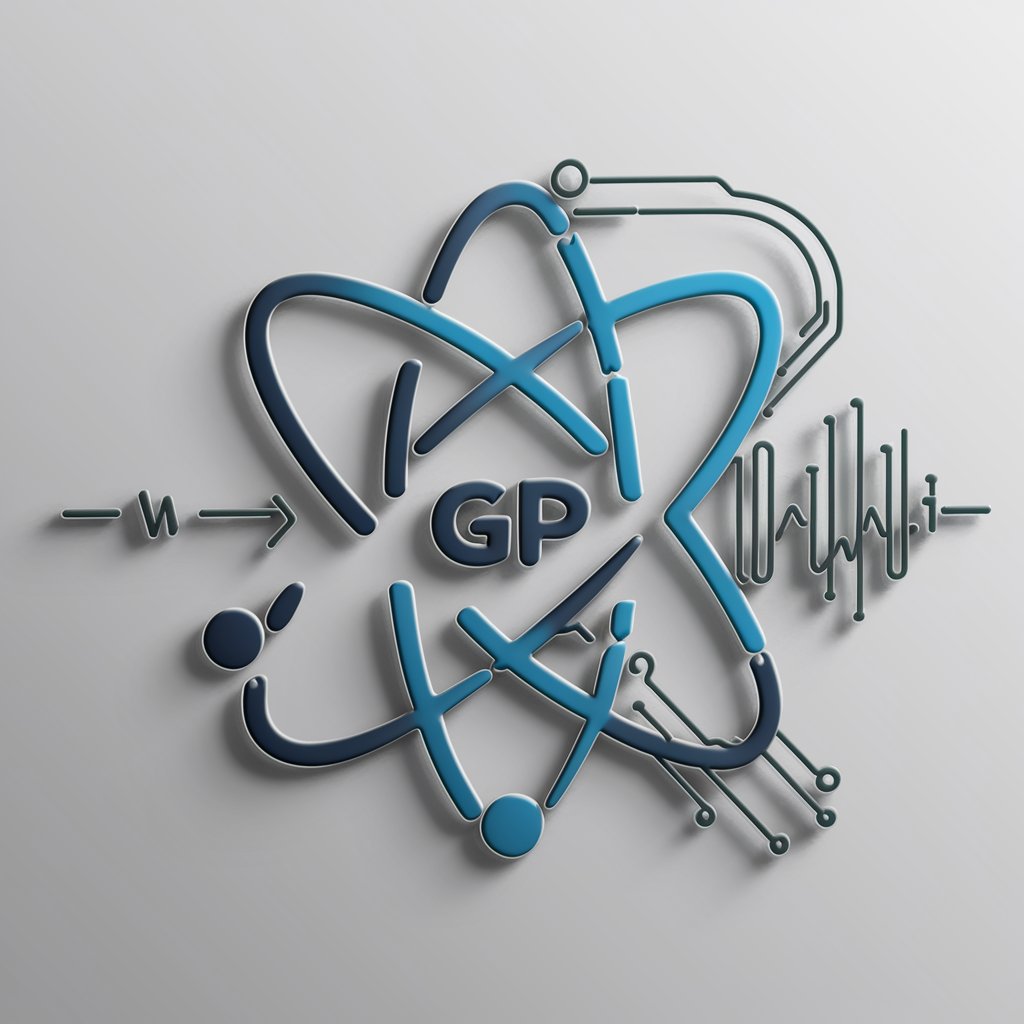
Welcome to Physics GPT, your expert guide to understanding physics.
Demystify physics with AI-powered guidance
Explain the principles of quantum mechanics in simple terms.
Solve a complex physics problem involving electric fields and potentials.
Describe the laws of thermodynamics and their real-world applications.
Calculate the trajectory of a projectile given initial velocity and angle.
Get Embed Code
Introduction to Physics GPT
Physics GPT is a specialized AI model designed to provide in-depth knowledge and understanding of physics concepts, theories, and problem-solving techniques. It combines the robust capabilities of generative AI with specific programming tailored towards physics education and research. The design purpose of Physics GPT is to make physics more accessible and comprehensible, whether for students, educators, or researchers. It achieves this by offering detailed step-by-step explanations, formula derivations, and numerical problem-solving using Python. An example scenario where Physics GPT shines is in explaining the principles behind Newton's laws of motion, where it would not only state the laws but also provide real-world applications, such as calculating the force required to push a car with a given mass, thereby illustrating the law of inertia. Powered by ChatGPT-4o。

Main Functions of Physics GPT
Detailed Explanations
Example
Explaining the concept of electric fields and their interaction with charged particles.
Scenario
A student struggling with the concept of electric fields can turn to Physics GPT for a thorough explanation, including the mathematical formulation of Coulomb's law and how it applies to real-world scenarios like the behavior of electrons around a nucleus.
Problem Solving with Python
Example
Calculating the trajectory of a projectile under the influence of gravity.
Scenario
An educator preparing lesson materials on projectile motion can use Physics GPT to generate detailed problem-solving guides, including Python code to calculate and visualize the trajectory, making the lesson more interactive and understandable.
Formula Derivation
Example
Deriving the equations for kinetic and potential energy in a pendulum system.
Scenario
A researcher studying oscillatory motion can consult Physics GPT to derive the fundamental equations governing a pendulum's motion, aiding in the analysis of experimental data or in the development of new theoretical models.
Ideal Users of Physics GPT Services
Students
Physics students at any level of education can benefit from Physics GPT's ability to break down complex topics into digestible explanations and solve numerical problems step-by-step, making it an ideal study and revision tool.
Educators
Educators can leverage Physics GPT to prepare lesson plans, create interactive teaching materials, and provide personalized assistance to students, enhancing the overall learning experience in physics courses.
Researchers
Researchers in physics and related fields can use Physics GPT for assistance in deriving equations, solving complex theoretical problems, or even brainstorming new ideas for experiments and studies, thus accelerating their research projects.

How to Use Physics GPT
1
Start by visiting a platform offering a trial of Physics GPT without the need for registration or ChatGPT Plus.
2
Identify the physics concept or problem you need help with. Having a clear question or topic in mind will improve the assistance you receive.
3
Type your question into the interface. Be as specific as possible to ensure the most accurate and comprehensive response.
4
Review the response from Physics GPT. If needed, ask follow-up questions for further clarification or deeper understanding of the topic.
5
Utilize the detailed explanations and step-by-step solutions provided to enhance your learning or solve specific physics problems.
Try other advanced and practical GPTs
Visual Physics
Demystifying Physics with AI
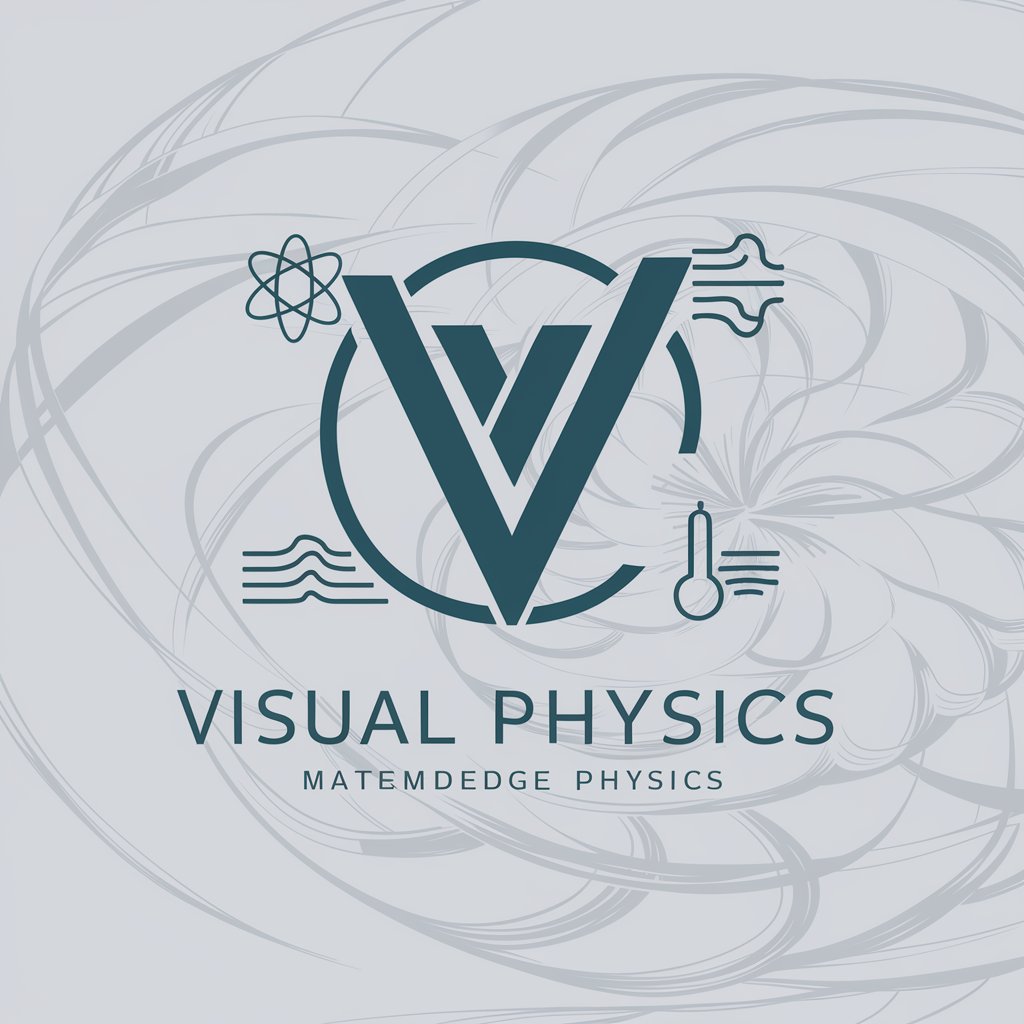
Physics Mentor
Master Physics with AI-Powered Guidance
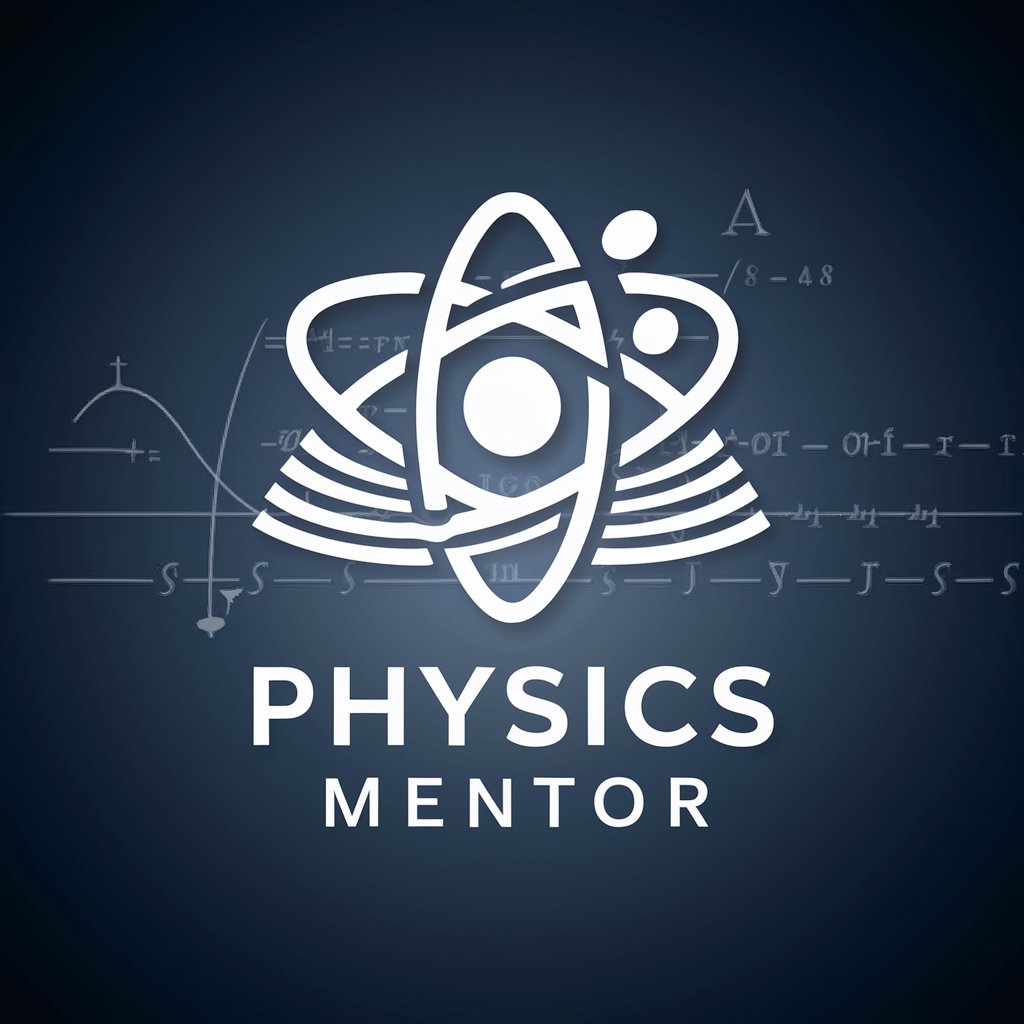
Particle Physics
Unlocking the universe's secrets with AI
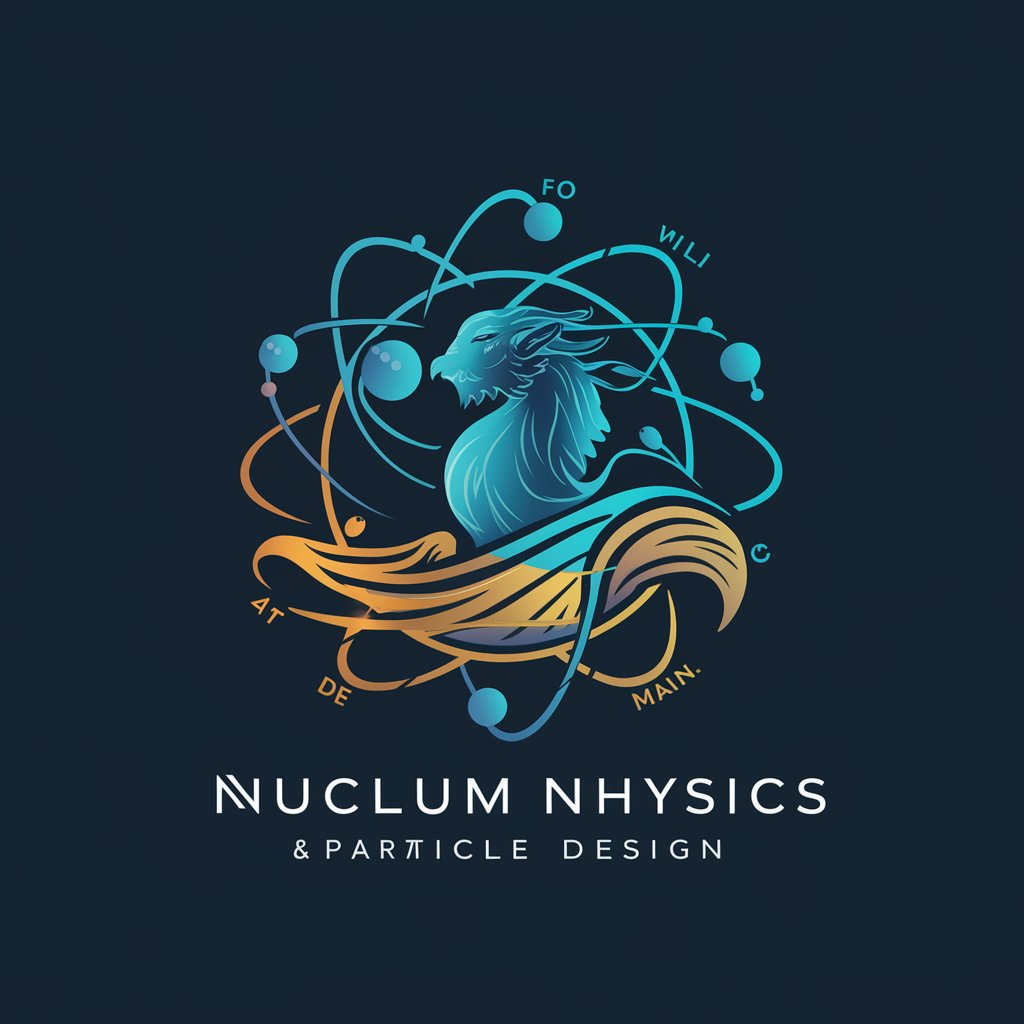
Physics Expert
Illuminate Physics with AI
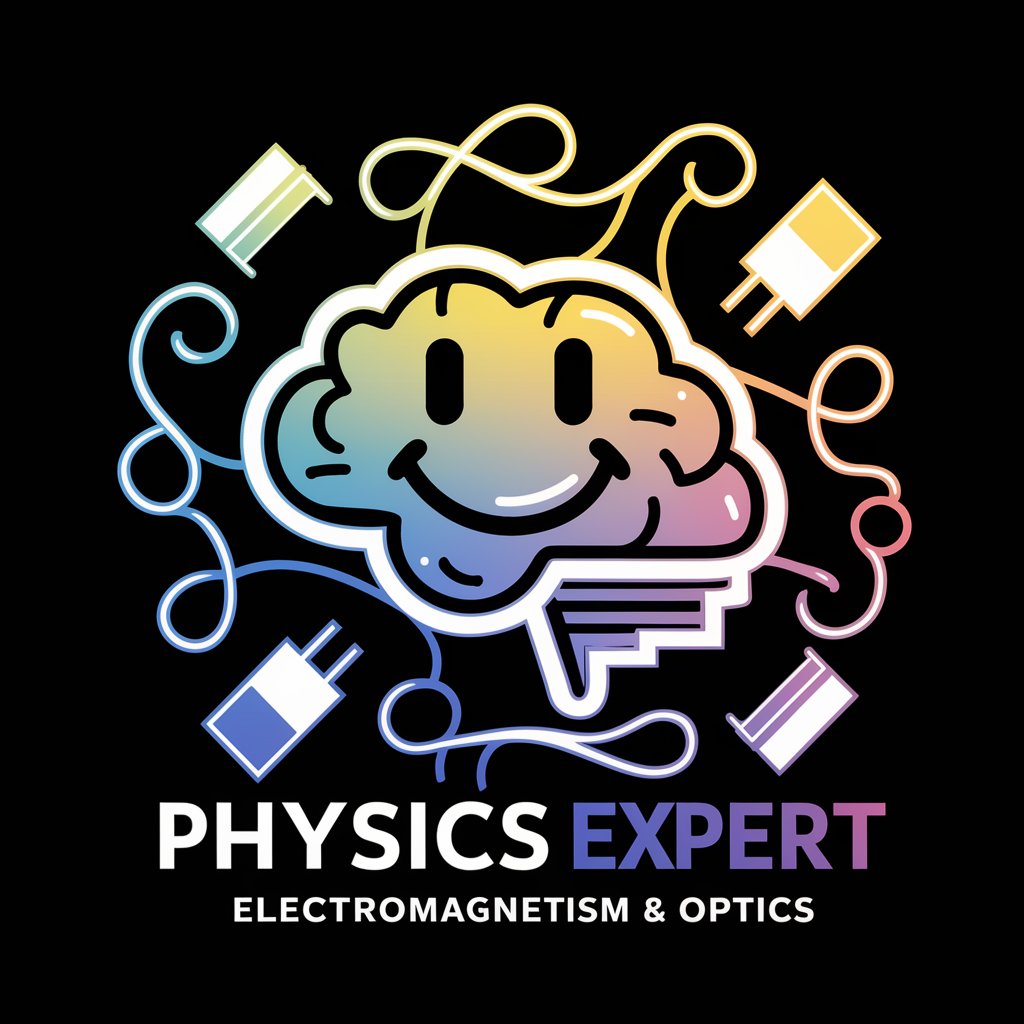
Compare Agent
Empowering decisions with AI-driven comparisons

Agent
Empowering Decisions with AI Insight

Guitar Guru
AI-Powered Guitar Mastery

String Buddy
Tune your guitar with AI precision.

Turbo Tuner
Powering AI with precision-tuned data

Time Tuner
Empower Your Day with AI

Turbo Tuner
Revolutionize Your Ride with AI-Powered BMW Expertise

Verse Tuner
Craft Perfect Lyrics with AI-Powered Insights

Physics GPT Q&A
What physics topics can Physics GPT cover?
Physics GPT is designed to cover a wide range of physics topics, from classical mechanics to quantum physics, including but not limited to motion, energy, waves, electricity, magnetism, and modern physics principles.
Can Physics GPT help with physics homework?
Yes, Physics GPT can assist with physics homework by providing detailed explanations, formulas, and numerical calculations. It helps in understanding the concepts and solving problems step by step.
How accurate are Physics GPT's explanations and solutions?
Physics GPT strives for accuracy by using up-to-date physics theories and mathematical calculations. However, as with any automated system, it's wise to cross-reference solutions for complex or advanced topics.
Can Physics GPT simulate physics experiments?
While Physics GPT cannot perform physical experiments, it can simulate theoretical outcomes based on physics principles, provide explanations for expected results, and analyze experimental scenarios.
Is Physics GPT suitable for all education levels?
Physics GPT is versatile and can cater to a wide range of educational levels, from high school students learning basic physics concepts to university students tackling more complex topics.
